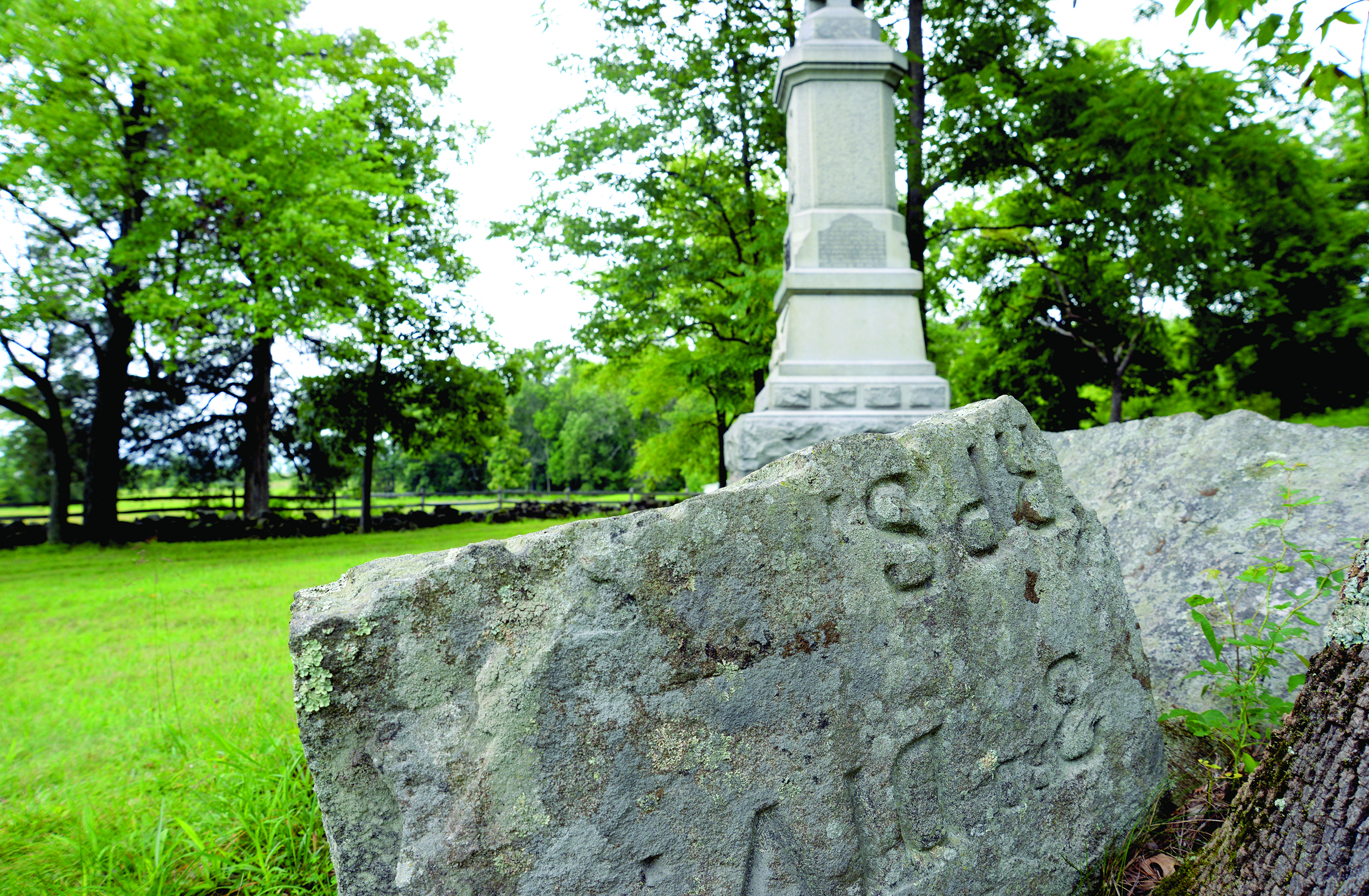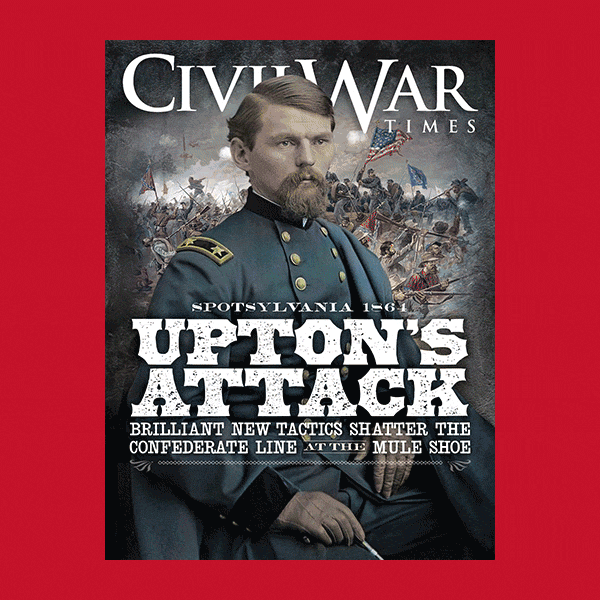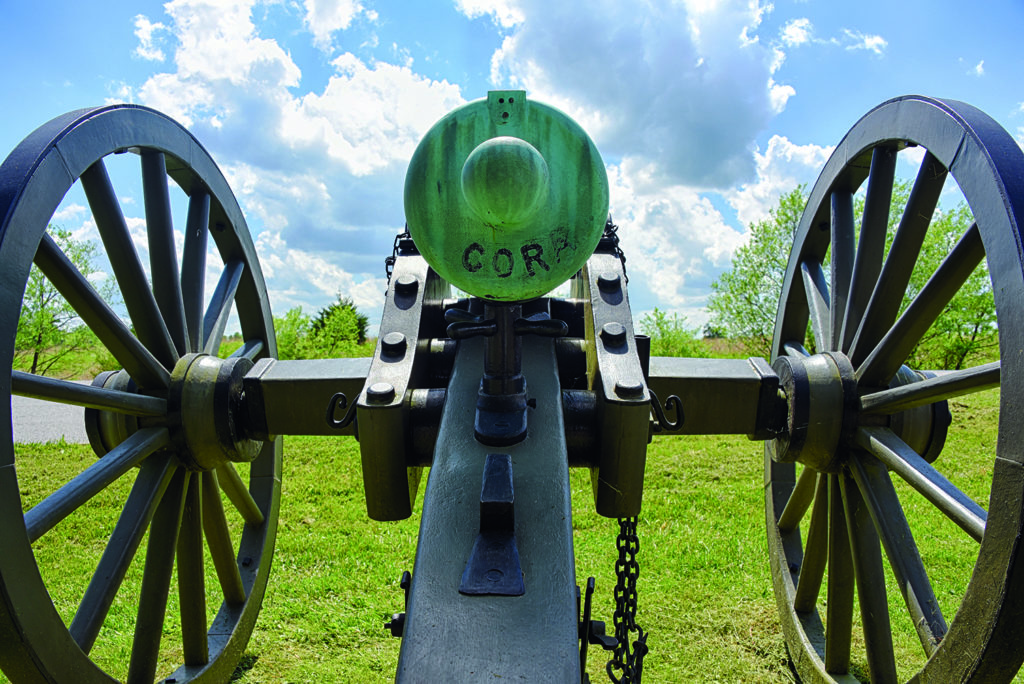
Ever pay your respects to the John Page Nicholson monument? Where did the Iron Brigade end up after its bloodbath on July 1? Also, dinosaurs once roamed central Pennsylvania, and there is evidence of them on the battlefield if you know where to look. You can also leave the battlefield proper and see a picturesque covered bridge that both armies used. So, if dense crowds and diesel fumes are disturbing your time on Little Round Top, here are some other options. Not every hidden or overlooked spot on the battlefield is listed, but the locations that follow are worth your time to seek out, whether it’s your first, second, or third day to visit.
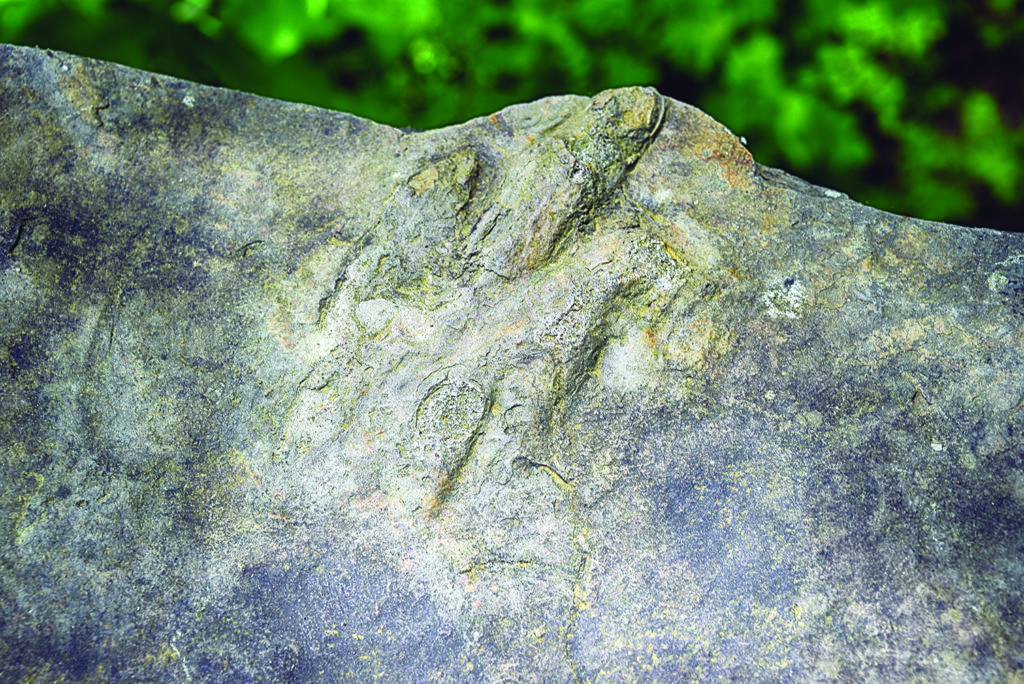
Bent Iron
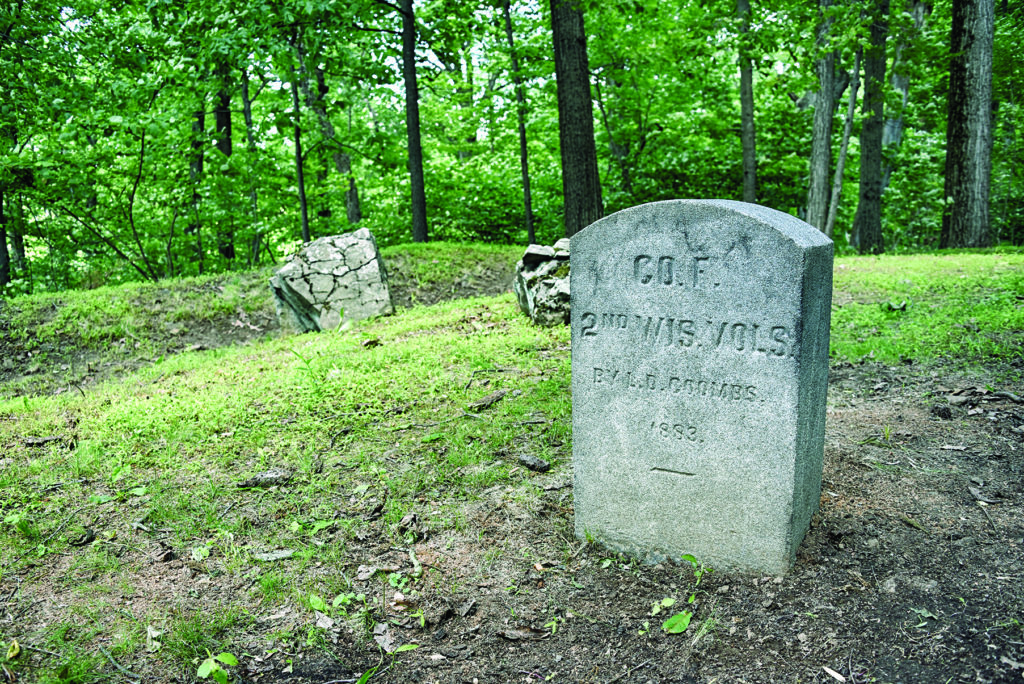
The famous Iron Brigade suffered a staggering 1,153 casualties during fighting on July 1. The Wisconsin, Indiana, and Michigan regiments were later moved to a “quiet” area on Culp’s Hill, where small monuments and restored earthworks mark their line. From that location, battered but not broken, they fired at Confederates attacking Cemetery Hill on the evening of July 2. “Dident we give them hell,” wrote Captain Henry Young of the 7th Wisconsin.
Loyal Pittie
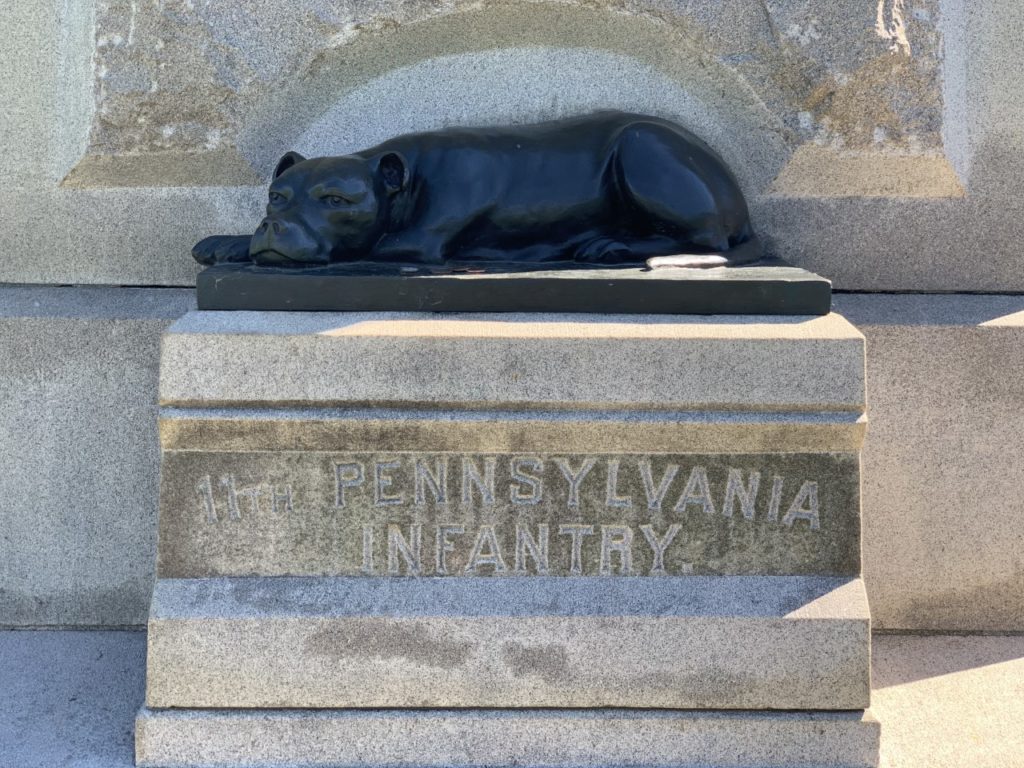
Regimental mascot Sallie the Dog forever rests on the 11th Pennsylvania monument along Doubleday Avenue on Oak Hill, facing the fields over which Confederates attacked her regiment. The pit bull terrier reportedly barked ferociously during the fight. She died during an 1864 battle.
Ax Man
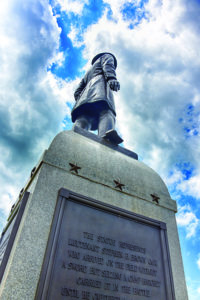
Lieutenant Stephen Brown of the 13th Vermont had to turn in his sidearms before the battle when he was disciplined for disobeying orders. He carried a camp ax during Pickett’s Charge, and the unusual weapon can be seen lying at his feet on his bronze monument along Hancock Avenue on Cemetery Ridge.
Veteran in Charge
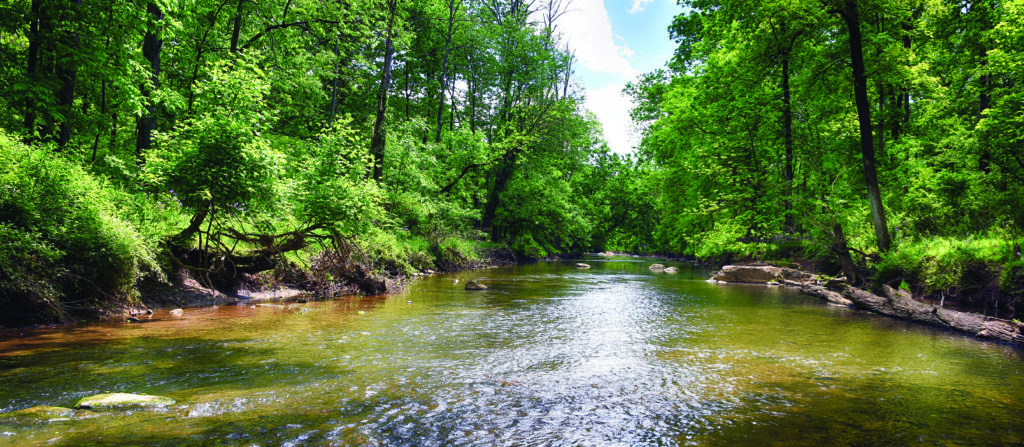
John Page Nicholson fought on Culp’s Hill at Gettysburg as a lieutenant in the 28th Pennsylvania. After the war, he became active in veterans’ affairs and later served as the chairman of Gettysburg National Military Park from 1893-1922, overseeing increases in battlefield acreage and monumentation. He is also responsible for the Pennsylvania at Gettysburg series of books familiar to many researchers. Stop by and pay your respects to him at his monument along Hancock Avenue near Ziegler’s Grove.

